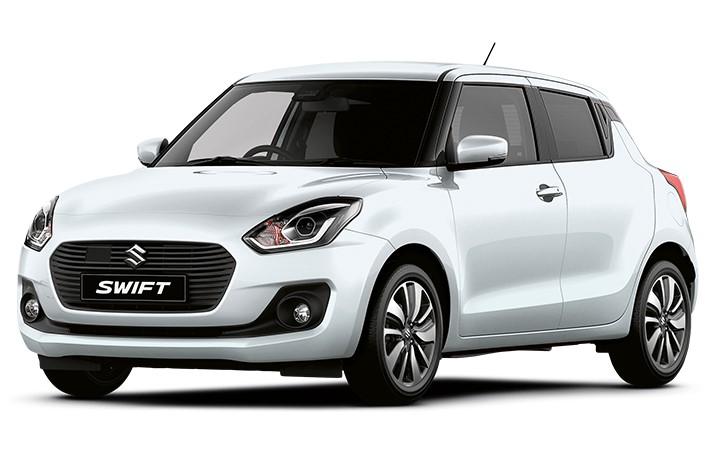In the realm of purchasing vehicles, consumers often find themselves perplexed by the final price tag, which seems to surpass the initial expectations set by advertised prices. This phenomenon can largely be attributed to a concept known as dealer markup, a practice that remains shrouded in mystery for many buyers. In this article, we will delve into the intricacies of dealer markup, unraveling its underlying mechanisms, exploring its impact on vehicle prices, and shedding light on its prevalence in the automotive industry. Furthermore, we will examine the specific case of the Swift price in Pakistan to provide a tangible example of how dealer markup operates in practice.
Dealer Markup:
Dealer markup, also referred to as a dealer’s margin or dealer’s profit, is the additional amount that a dealership adds to the manufacturer’s suggested retail price (MSRP) of a vehicle. This markup serves as a source of profit for the dealership and is often negotiated between the dealer and the customer during the purchasing process. While the MSRP represents the baseline price recommended by the manufacturer, the dealer markup allows dealerships to adjust prices based on factors such as demand, market conditions, and perceived value.
Factors Influencing Dealer Markup:
Several factors influence the extent of dealer markup on a vehicle. One crucial factor is supply and demand dynamics. When a particular model is in high demand and limited supply, dealerships have greater leverage to impose higher markups, capitalizing on consumers’ willingness to pay premium prices to secure the desired vehicle. Additionally, dealer markup can vary depending on the dealership’s location, competition within the area, and dealership policies regarding pricing strategies. Furthermore, economic conditions, such as inflation rates and fluctuating manufacturing costs, can also influence the magnitude of dealer markup.
Impact on Vehicle Prices:
Dealer markup can significantly impact the final price that consumers pay for a vehicle. In some cases, markups can add thousands of dollars to the MSRP, substantially increasing the overall cost of bolan carry price in pakistan ownership for buyers. This inflation of prices can make it challenging for consumers to negotiate favorable deals and may contribute to disparities in pricing among different dealerships. Moreover, dealer markup can obscure the true value of a vehicle, leading consumers to overpay for their purchases without fully understanding the rationale behind the inflated prices.
Case Study: Swift Price in Pakistan:
To illustrate the concept of dealer markup in a real-world scenario, let’s examine the Swift price in Pakistan. The Suzuki Swift, a popular compact car manufactured by Suzuki, has experienced fluctuations in its pricing due to various factors, including dealer markup. In Pakistan’s automotive market, where demand for fuel-efficient and affordable vehicles remains high, the Suzuki Swift has garnered significant attention from consumers.
However, despite being marketed as a budget-friendly option, the Swift price in Pakistan often includes substantial dealer markups, particularly during periods of heightened demand or limited availability. Consumers seeking to purchase the Swift may encounter prices that exceed the MSRP recommended by Suzuki, with dealerships justifying these markups based on factors such as import duties, taxes, and operational expenses.
Conclusion:
In conclusion, dealer markup plays a pivotal role in shaping the pricing dynamics of vehicles, exerting a significant influence on the final prices paid by consumers. While dealer markup allows dealerships to generate profits and adapt to market conditions, it can also lead to inflated prices and discrepancies in pricing transparency. By understanding the mechanisms behind dealer markup and its impact on vehicle prices, consumers can make informed decisions when navigating the automotive market, ultimately empowering them to negotiate more effectively and secure favorable deals.
